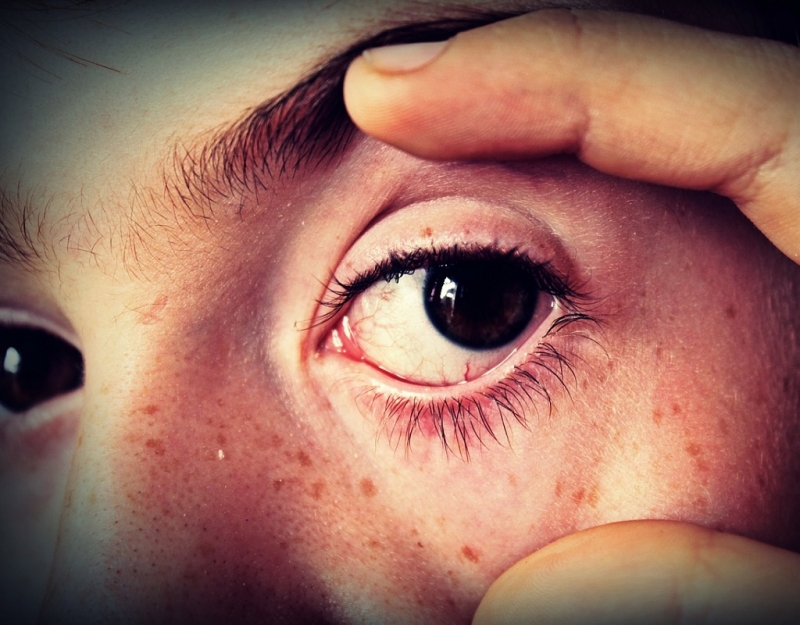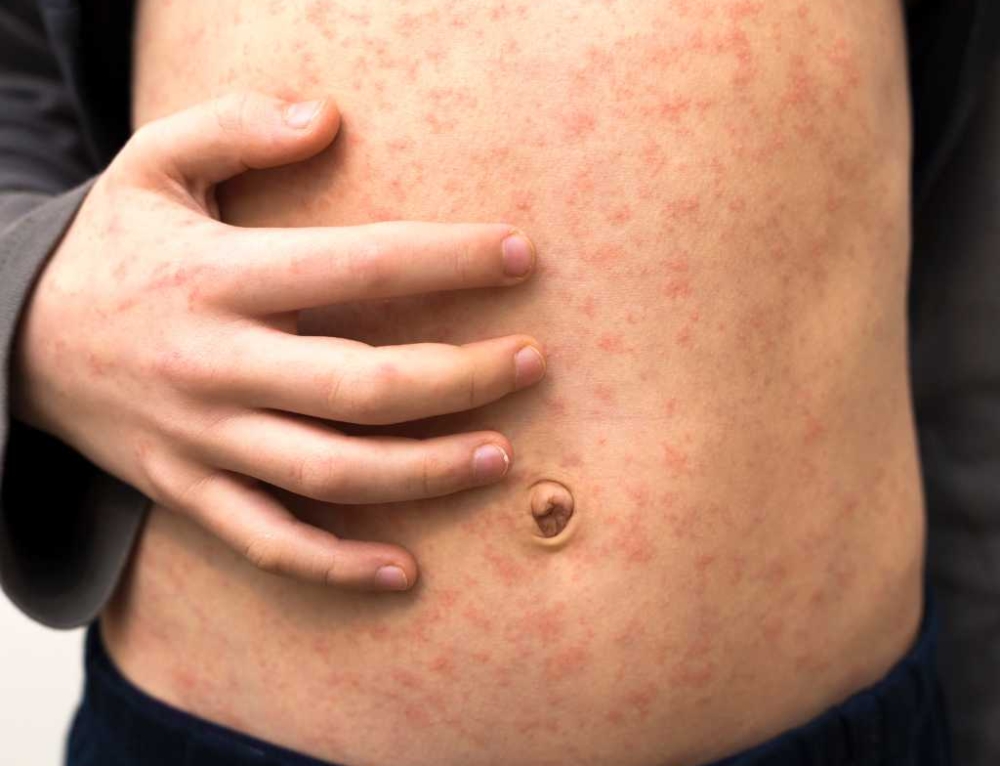Conjunctivitis, also called pinkeye, is an infection or inflammation of the conjunctiva, the clear membrane covering the white part of the eye and part of the inner eyelid. It is very common, especially in children under five.
What causes it?
Conjunctivitis can be caused by a viral or bacterial infection, or it can be the result of an eye irritation such as an allergy. Viral and bacterial conjunctivitis are contagious, conjunctivitis caused by allergies is not contagious. Your child can get viral or bacterial conjunctivitis by coming into contact with the discharge from another person’s infected eye, usually by holding hands or sharing toys or other objects. Conjunctivitis in newborns can be caused by a tear duct that is not completely opened.
Is it serious?
Conjunctivitis is generally not serious, but severe infections can cause an infection of the cornea, the clear part of the eye that covers the iris and the pupil.
Can I prevent it?
Bacterial and viral conjunctivitis is very contagious. Teach your kids to wash their hands thoroughly and often. If your child has conjunctivitis, keep him away from others until he is no longer contagious, usually a day or two after starting treatment.
How do I know if my child has conjunctivitis?
Your child may have conjunctivitis if he has the following symptoms which can last from a few days to three weeks:
- Redness and itchiness in one or both eyes
- A gritty feeling in one or both eyes
- A discharge in one or both eyes that forms a crust during the night
- Tearing
How do I treat it?
Viral conjunctivitis is caused by a virus and needs to run its course; it cannot be cured with antibiotics. Use cotton balls soaked in warm water to clean the eyes, wiping away from the nose. Use a new cotton ball for each wipe to prevent recontamination. Try to keep your child from rubbing his eyes to prevent spreading the infection from one eye to the other.
Antibiotics, usually in the form of drops or ointment, are used to treat bacterial conjunctivitis.
Conjunctivitis caused by allergies is treated by treating the allergies themselves with antihistamines, decongestants, steroids, and/or anti-inflammatory drops.
Should I call the doctor?
Call the doctor if your child has any of the following
- Severe eye pain
- Vision problems
- Increased swelling, redness, and tenderness in and around the eye
- Fever of more than 38’C
What you need to know about conjunctivitis:
- Pinkeye is another name for conjunctivitis
- It is caused by bacteria, a virus, or allergies
- Conjunctivitis is usually harmless
- The treatment depends on its cause







Leave A Comment
You must be logged in to post a comment.